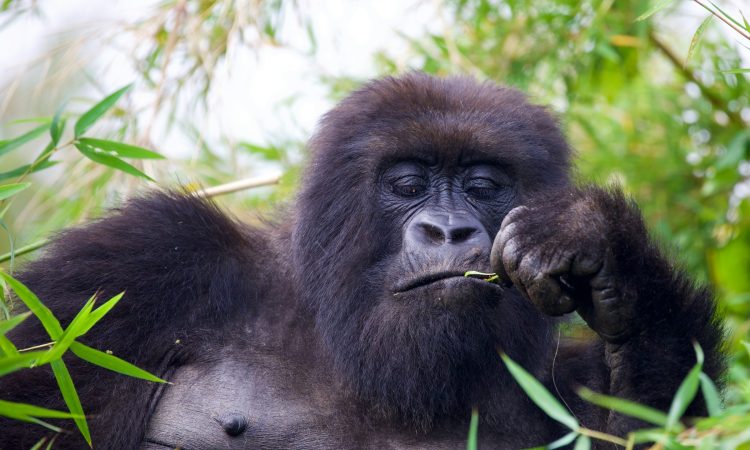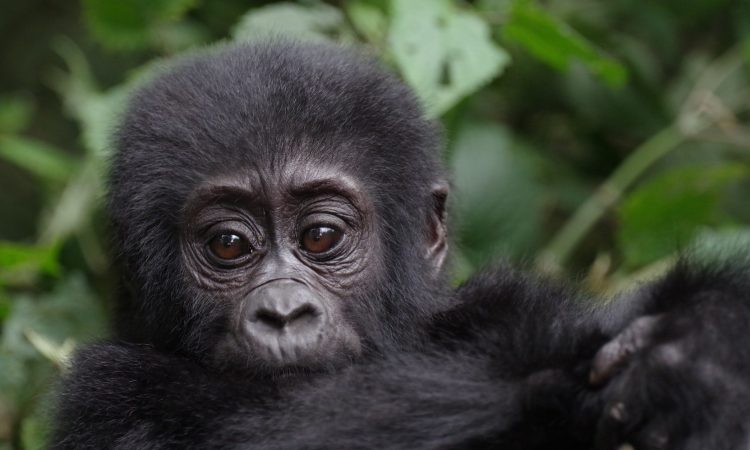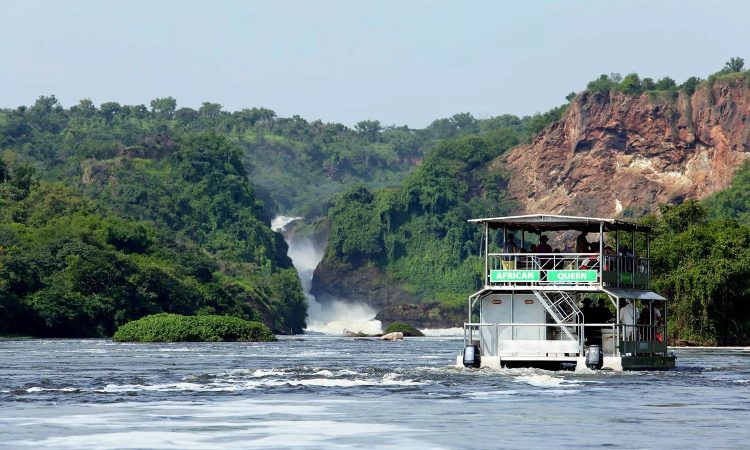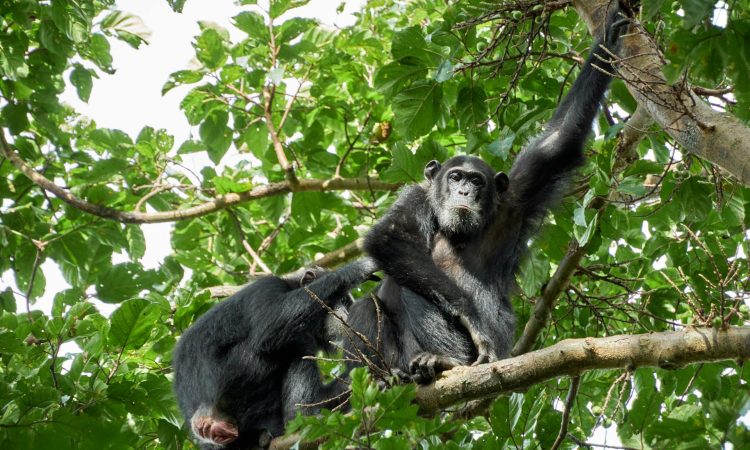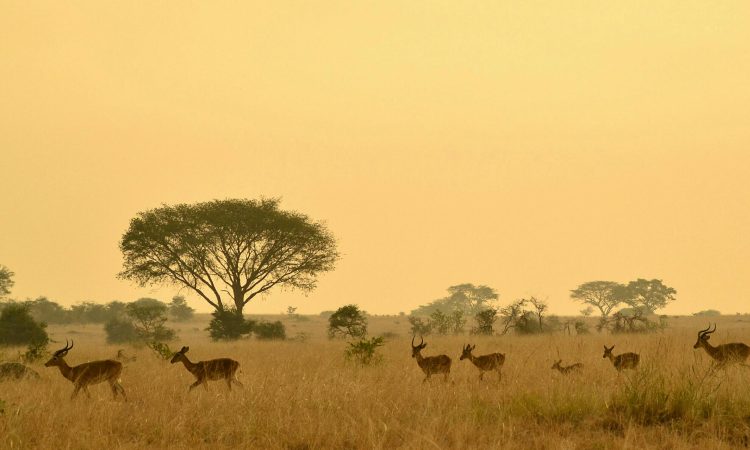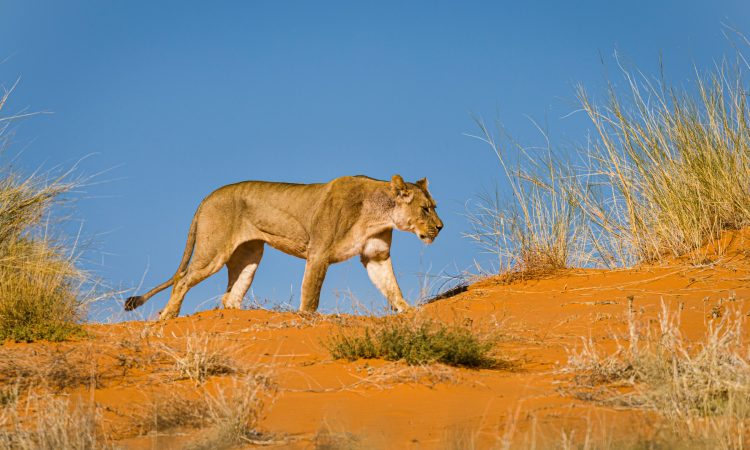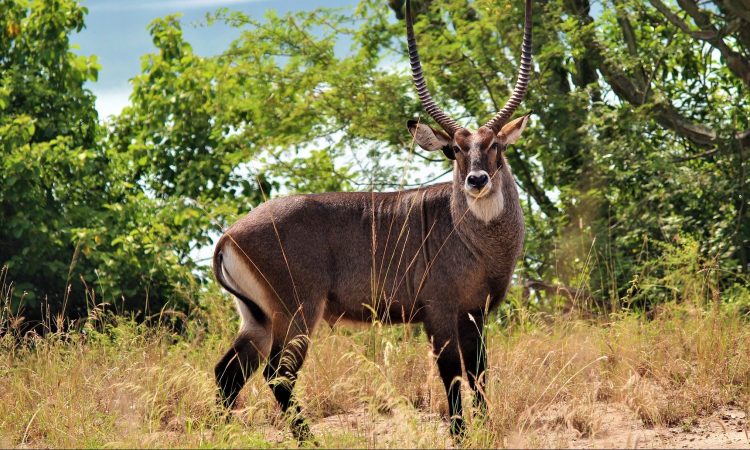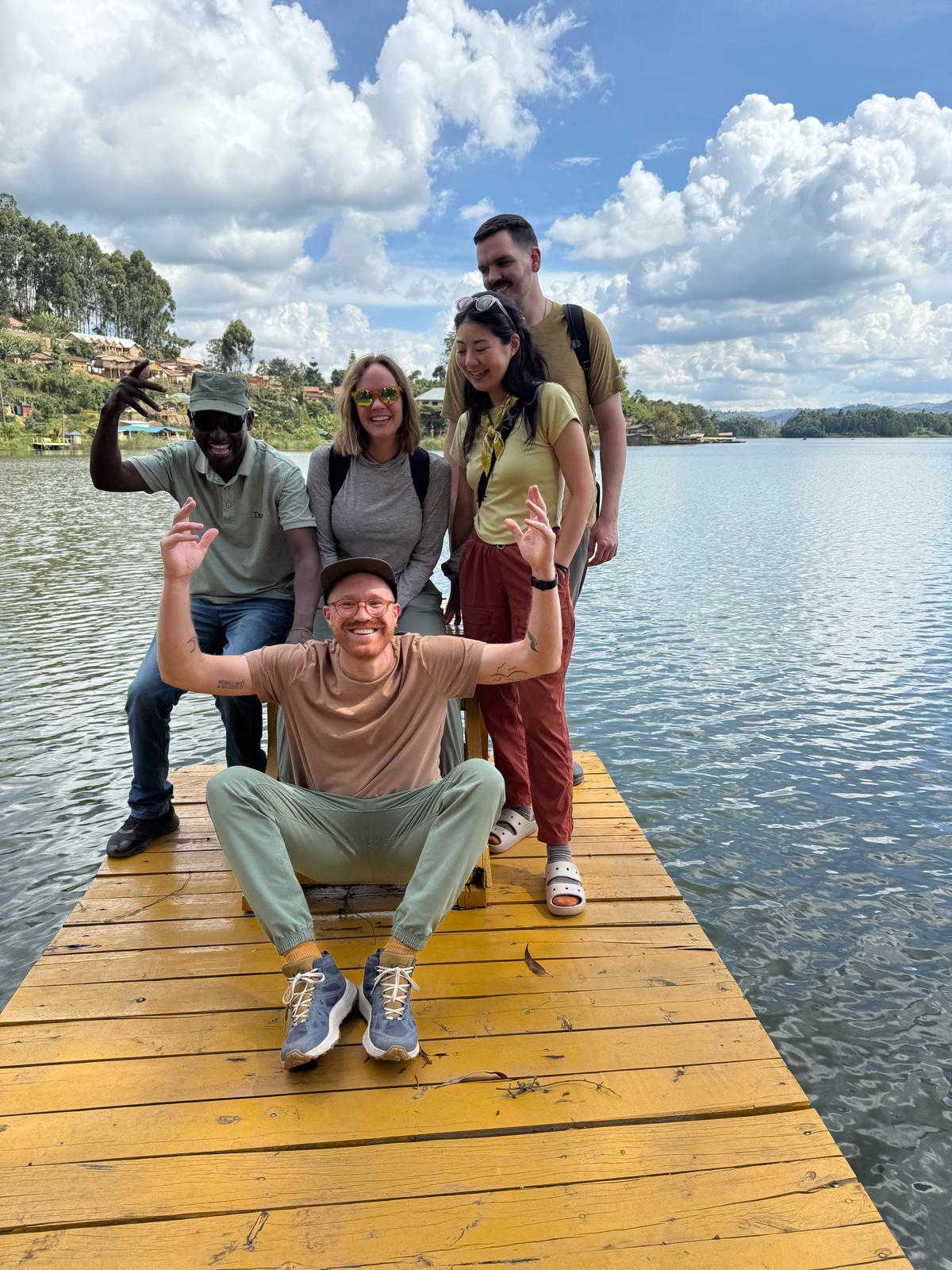Not all gorillas become silverbacks. Only male gorillas can become silverbacks when they grow older. Female gorillas and young males do not develop silver hair on their backs, so they are not called silverbacks.
Male gorillas that are grown but do not yet have silver hair are called blackbacks. They keep this name until the silver patch of hair appears on their backs. Only then are they called silverbacks.
You can see silverbacks during gorilla trekking safaris in Uganda, Rwanda, or the Democratic Republic of Congo.
Silverbacks get their name from the silver or grey patch of hair that grows on their backs when they become sexually mature, usually around 12 years old. This grey hair helps show other gorillas that they are adult males.
Silverbacks also have more body hair than other gorillas. They are very large, often standing 5.5 to 6 feet tall when they stand upright.
An adult silverback can weigh up to 350 pounds. They also have a large bony crest on the top and back of their heads, which gives their heads a cone-like shape.
The silverback leads the group and is in charge of protecting the family. He decides where the group finds food, where they sleep, and where they go each day.
The dominant silverback is the only male that mates with the females in the group. The females choose him because of his strength and size.
Young males often leave the group and live alone for a while. Later, they may start their own family or fight the dominant silverback to take control of the group.
If a silverback dies suddenly, another mature male in the group will take over leadership. If there is no other silverback, the group may break apart unless another lone silverback comes to take control. The new silverback might kill all the young males from the former leader to avoid challenges when they grow up.
Sometimes, a silverback already in the group may try to fight the dominant silverback. These fights can be very violent. If the rising male wins, the older silverback may leave the group. If he loses, the younger male might be forced to leave.
Not all gorillas become silverbacks. Only male gorillas become silverbacks when they reach about 12 years of age.

